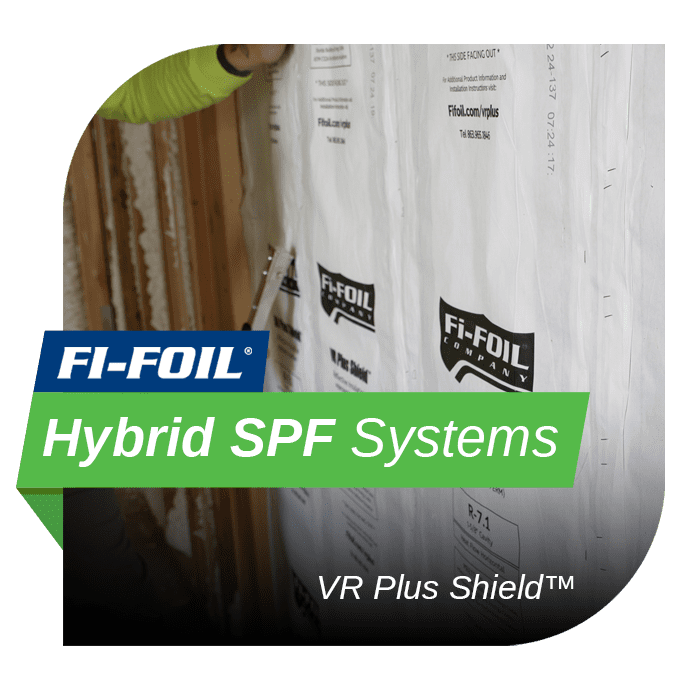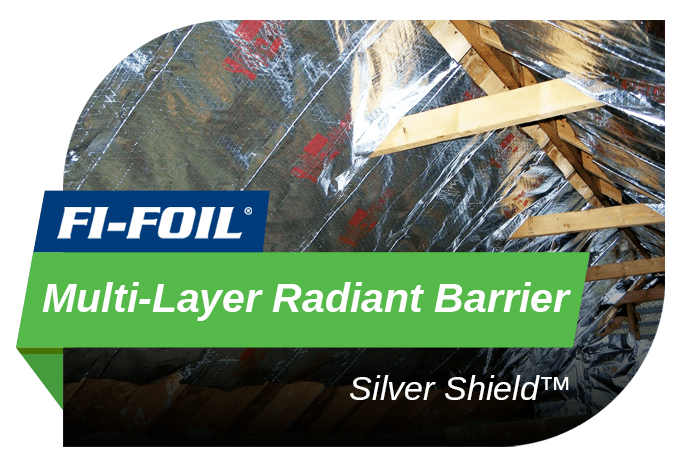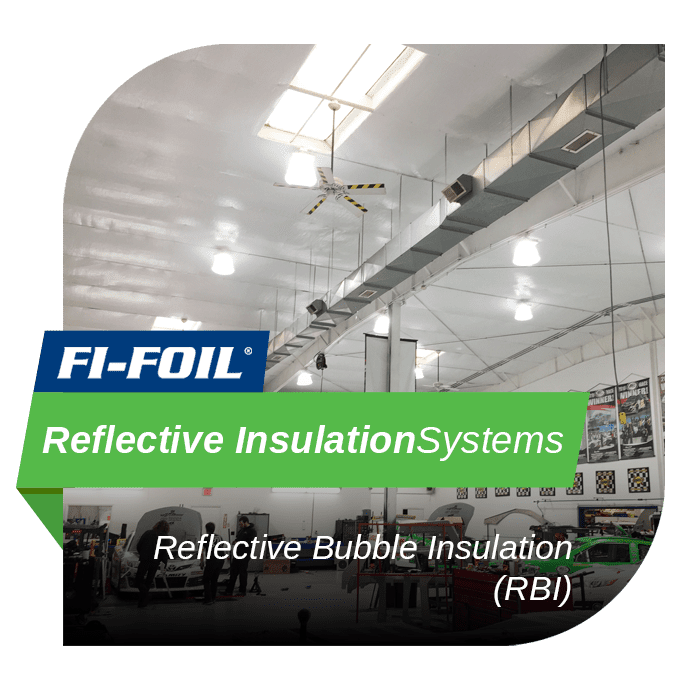Many of us live in areas experiencing more intense weather in recent years and as this pattern is ever more persistent, perhaps it’s wise to take a moment to review our current strategies in design and construction.
What measures are taken and what materials are being used for roofing systems in the buildings constructed and renovated where we live and work, where our children go to school, where our elderly live, and all other places we frequent for food, healthcare, travel, and more?
Are there opportunities for small changes during the BIM process and throughout construction that could make a big difference to improve energy efficiency and resilience of our buildings in the face of growing harsh weather conditions?
Whether our zone is experiencing more hurricanes, flooding rains, blizzards, well-below average temperatures, or well-above average heat waves lasting for weeks, taking a moment to review our current plan and the best practices in our climate zones could be helpful, in addition to following recommendations and requirements of our local building codes.
For the purposes of this article, the focus will be on considerations in mixed-humid and hot-humid climates.
Roofing Structure & Material Considerations
The roof is one of the primary parts of the thermal envelope. In mixed-humid and hot-humid climate zones, the following strategies are commonly used to increase drying potential and resilience of the roofing and adjacent structures:
- Underlayment & Integrated Flashings: Installing a breathable membrane on a low-slope roof is a best practice to mitigate moisture accumulation. Carefully check that all flashing is integrated properly with the roof and wall drainage plane surfaces; this is a critical step in every case.
- Ventilated Attic Space Utilizing: a passive system of intake vents at the eaves and exhaust vents at the ridge will allow proper airflow and cross ventilation to cool and/or dry the attic structure and materials.
- Continuous Soffit Vents and Wind Baffles Along Rafters: When insulating with fiberglass batt, blown fiberglass or blown cellulose, installing a wind baffle at least 2” above the top of the insulation will minimize moisture accumulation, enhance durability of the structure, and prolong the life of the insulation.
- Gutters: Properly installed gutters will immediately direct water away from the roof and exterior of the building to allow quicker drying. This will also enhance the resilience of the roof structure and exterior envelope.
Insulation Considerations
Proper insulation not only helps regulate indoor temperatures, reducing the strain on HVAC systems, but also actively works to prevent moisture accumulation and enhance the long-term durability of your roofing system. The following strategies highlight key insulation considerations that contribute to a more comfortable and sustainable building.
Air Barriers
Installing a well-sealed air barrier on the attic floor and on any existing knee walls will prevent unwanted air and vapor transmission between conditioned and unconditioned space. In using a hybrid system for knee walls, builders may improve thermal performance while also providing greater support to keep insulation in place over time.
Installing a flexible sheet reflective air barrier as part of a hybrid knee wall assembly provides an easy path to create six-sided cavities here that may result in even greater gains in comfort, energy efficiency, and indoor air quality. This high-performance solution will also require less load on HVAC systems.
Spray Polyethylene Foam (SPF) in a Sealed Attic
A sealed attic provides a thermal and air barrier solution with SPF extending across and around the perimeter of the attic. The SPF can be used alone or as a hybrid system; using a closed cell SPF may also add structural strength to the building.
It may be wise to provide some ventilation with this approach, especially in a mixed-humid zone, to mitigate moisture accumulation that can lead to mold, ice dams or degradation of the sealed attic insulation. Keeping the roof deck cooler in colder weather and warmer in hotter weather will reduce the risk of condensation issues and provide greater resilience of the structure.
Installing an SPF hybrid ceiling that utilizes a multi-layer reflective insulation will provide an added benefit of blocking radiant heat transfer to deliver one of the highest performing ceiling insulation systems on the market; in a closed ceiling cavity with a 2” air gap facing the SPF, the multi-layer reflective insulation will add R-7.1 to the system while also blocking up to 97% of radiant heat transfer across the assembly.
Radiant Barriers & Reflective Insulation
Reflective solutions are commonly used to improve the performance of roofs and attics in hot-humid and mixed-humid climates. Radiant barriers are quite effective in reducing heat gain, improving energy efficiency and long-term resilience of roofing structures. Using vapor permeable versions will provide the added benefit of allowing assemblies to dry to reduce problems with excessive moisture and mold growth.
The low-e surfaces of foil and metallic films will slow down convection and block radiant heat transfer at the roof, in the attic, and anywhere these are utilized across the building envelope. Common applications include foil-faced roof sheathing and foil-faced rigid air barriers.
A flexible sheet radiant barrier is another option, which is especially popular among installing contractors. This typically comes in 500 -1000 sqft rolls and is easier to handle, cut, and install versus 4’x8’ boards. The sheet is installed with staples to the bottom of the top cord or is installed under a metal roof vented system.
One of the highest performing attic systems is a flexible, multi-layer radiant barrier which is installed on the bottom of the top cord and is proven to reduce attic temperatures by up to 30 degrees in the summer. In the winter, this solution may also be effective at blocking heat from reaching the roof deck to reduce condensation and prevent ice dams.
Reflective Bubble Insulation (RBI)
A proven insulation solution for metal buildings, ideal for purlin and girt wall systems in new construction or retrofits, RBI reduces condensation to keep these buildings drier and more efficient year-round. Formulated with antioxidants and UV inhibitors, when installed with a 1” drape in new roof construction, the insulation provides up to R-10; and when installed with 6-8″ of enclosed air space in a retrofit, it provides up to R-16. In both applications, the system blocks up to 94% of radiant heat transfer.
There is a growing demand for RBI with a white woven facing, which is significantly stronger, easier to install, and more durable over time. When sealed properly all RBI systems provide a vapor retarder in addition to the insulating value.
Reducing HVAC Loads & Emissions
The decisions made in specifying assemblies for roofs and envelopes across markets can make a difference to reduce load requirements needed from HVAC systems in these buildings. Studies have proven that reflective barriers and reflective insulations not only block 94-97% of radiant heat transfer through the roof, attic, and ceiling but also improve
the performance of other mass insulations used with them. Whether the reflective barrier or insulation is used at the roof deck, on the bottom of the top cord, on a knee wall, or part of a hybrid ceiling system—the result is often less load on HVAC systems, which may also reduce emissions.
A Systems Engineering Approach May Payback
Considering the growing harsh climate conditions and the effects on our buildings, our industry continues to innovate ways to improve energy efficiency and resilience measures. Construction costs may increase due to performance improvements made to reduce callback expenses and reduce heat gain, heat loss, and moisture accumulation.
However, it is worth noting that these improvements to the thermal envelope may often allow us to downsize and reduce the costs of mechanical equipment to offset the performance improvements. Consult an energy rater for additional paths that could offset costs associated with building more sustainable, comfortable, and healthy buildings. Always check your local building codes to follow requirements and best practices in your county or city.
Additionally, there are several sources with guidance for builders in all climate zones. To learn more about recommendations for building sustainable, energy-efficient, resilient buildings from some of the bright minds and experts in our industry, visit:






